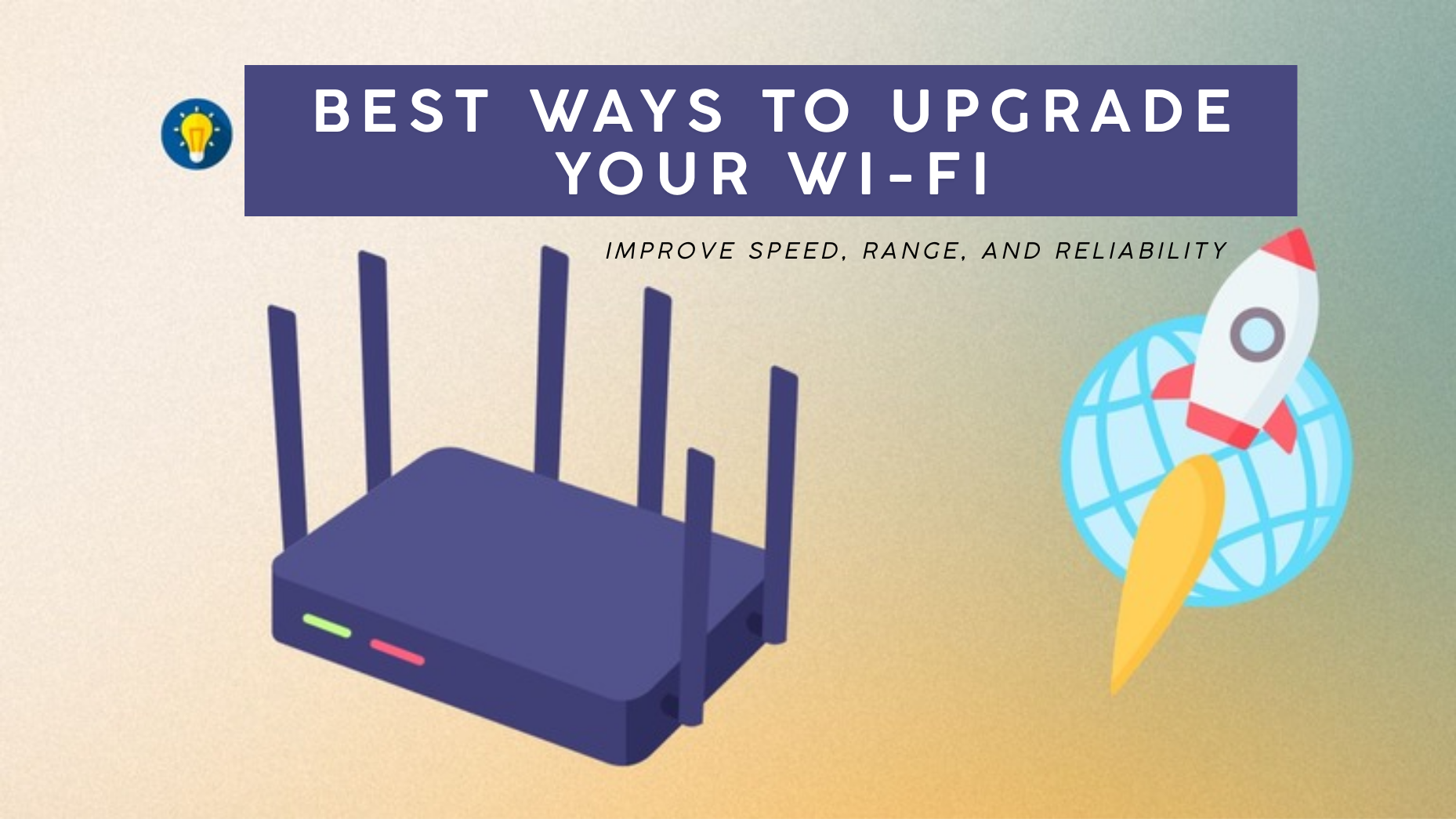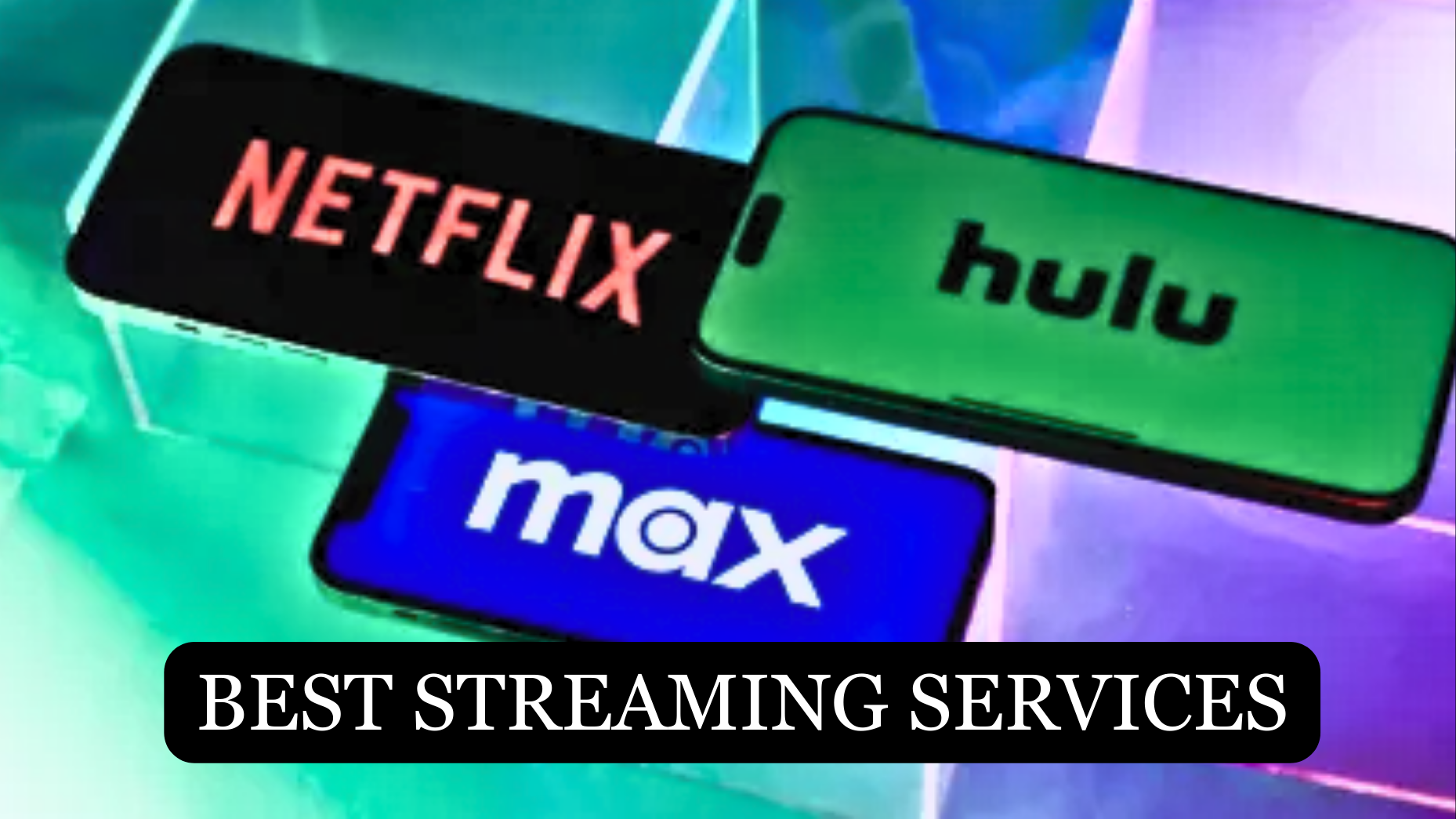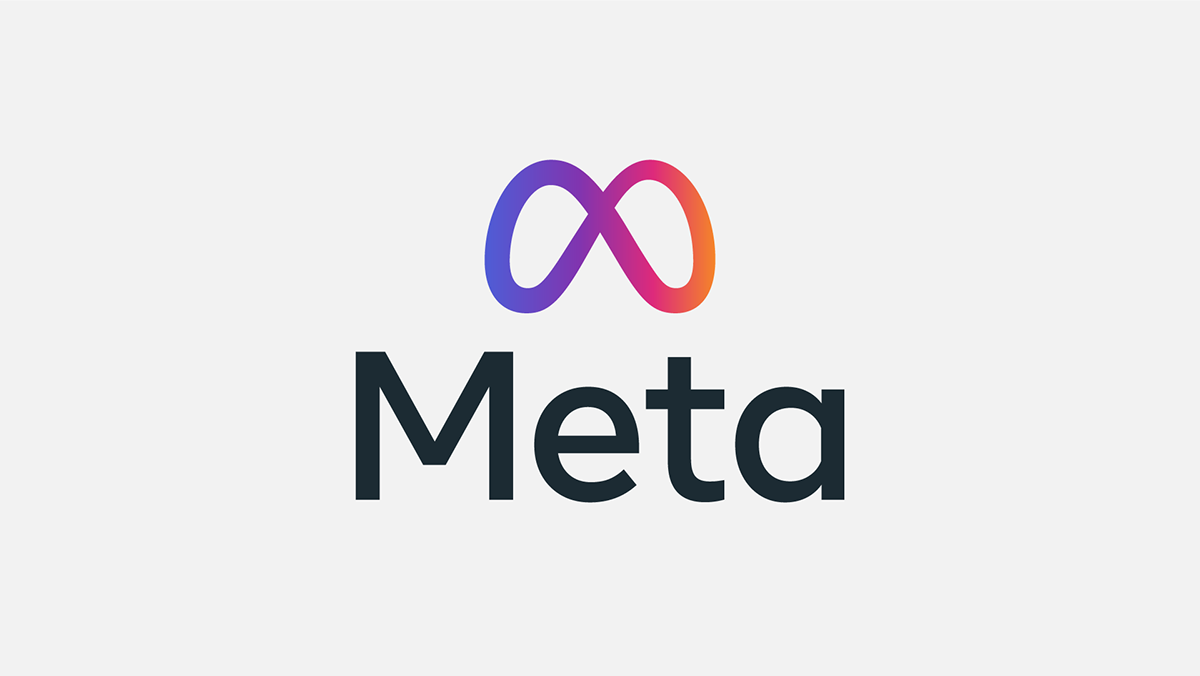Technology plays a pivotal role in shaping modern businesses. The right tech solutions can help streamline operations, boost productivity, improve customer engagement, and provide a competitive edge. However, with the rapid advancements and overwhelming number of options available, choosing the right technology can be a daunting task. In this guide, we will break down the essential considerations for selecting the best tech solutions for your business.
1. Identify Your Business Needs
Before diving into the world of technology solutions, it is crucial to clearly understand your business’s specific needs and objectives. Ask yourself the following questions:
- What problems are you trying to solve?
- What processes can be automated or improved?
- What are your long-term business goals?
For instance, if you are running a small business, you may need customer relationship management (CRM) software to streamline customer interactions. Alternatively, a retail business may need a robust e-commerce platform. By identifying these needs early on, you will be better positioned to find technology that aligns with your objectives.
2. Understand Your Budget Constraints
Technology solutions can range from free tools and open-source software to expensive enterprise-level systems. Understanding your budget constraints is key to ensuring that you get the most value from your investment. Before selecting a technology, consider:
- Initial costs (software/hardware purchase)
- Implementation and setup fees
- Ongoing maintenance and support costs
- Upgrade fees or subscriptions
For startups or small businesses with limited budgets, cloud-based services or Software-as-a-Service (SaaS) solutions can offer cost-effective options without the need for large upfront investments. On the other hand, larger companies may want to invest in more advanced, scalable technologies that can grow with the business.
3. Consider Scalability
As your business grows, so will your technological needs. It’s essential to choose technology solutions that can scale with your business. Think about future growth and how the tech you select today will perform as your company expands. Consider asking:
- Can the software accommodate more users or handle increased data?
- Are there limitations on the number of transactions, customers, or files the system can manage?
- Will the vendor provide updates and support as technology advances?
For example, if you choose a project management tool that only supports a few users, it might not be suitable when your team grows. Scalable solutions will save you from having to switch systems later, which can be both costly and time-consuming.
4. Evaluate Ease of Use
A powerful technology is only useful if your team can use it effectively. Ease of use should be a major factor in your decision-making process. A steep learning curve can lead to wasted time, reduced productivity, and even frustration among employees. When evaluating a tool’s ease of use, consider:
- The user interface: Is it intuitive and user-friendly?
- Availability of training resources: Does the provider offer tutorials, guides, or customer support to help your team get up to speed?
- Compatibility: Can the software integrate with other systems and tools you are already using?
Many tech providers offer trial periods or demos. Take advantage of these opportunities to assess how easy the software is to navigate and whether it will suit your team’s technical skill levels.
5. Research Vendor Reputation and Support
Choosing the right technology is not just about the tool itself but also the company behind it. A reliable vendor with a solid reputation can make a huge difference in how well the technology serves your business. When evaluating vendors, consider:
- Their track record in the industry
- Customer reviews and testimonials
- The level of customer support offered (e.g., 24/7 support, live chat, or dedicated account managers)
- The frequency of updates and improvements to the product
A vendor with a proven history of delivering high-quality tech solutions and excellent customer service can help you avoid potential technical issues and offer guidance as your business grows.
6. Prioritize Security and Compliance
Security should be a top concern when selecting technology for your business. Cyber threats are constantly evolving, and a data breach can have severe financial and reputational consequences. Consider the following aspects of security:
- Does the technology provider offer encryption, firewalls, and other protective measures?
- Are there regular security updates and patches?
- Does the system comply with relevant regulations (e.g., GDPR, HIPAA, PCI-DSS)?
If your business handles sensitive data, such as customer information or financial records, compliance with industry standards and legal regulations is essential. Some industries, like healthcare or finance, may have strict requirements for data protection, so ensure that the technology you choose meets these standards.
7. Focus on Integration Capabilities
In today’s digital landscape, businesses use multiple systems and tools to handle various aspects of operations. The ability of a new technology to integrate with existing systems is vital for maintaining efficiency and avoiding disruptions. Consider:
- Can the new technology seamlessly integrate with your current software tools, such as accounting software, email marketing platforms, or inventory management systems?
- Does it support APIs (Application Programming Interfaces) for easy connectivity?
- How will data flow between systems?
When systems work together, it reduces manual input, minimizes errors, and enables a more efficient workflow. Choosing technology with strong integration capabilities will ensure that your tools communicate with one another, creating a cohesive ecosystem.
8. Customization and Flexibility
No two businesses are alike, and the technology you choose should offer some level of customization to fit your unique needs. Off-the-shelf solutions may not always meet every requirement, so it’s important to select tools that offer flexibility. Consider:
- Can the software be customized to reflect your specific workflows?
- Does it allow for the addition of custom fields, reports, or features?
- Is it adaptable to changes in your business processes?
Flexible and customizable tech solutions can be tailored to suit your business’s needs, making them more effective and relevant to your goals.
9. Plan for Long-Term Maintenance and Updates
Technology is constantly evolving, and what works today may become outdated tomorrow. To ensure the longevity of your tech investment, consider the vendor’s approach to updates, maintenance, and future developments. Ask:
- Does the vendor release regular updates and patches?
- Are there costs associated with upgrades?
- How will the system be maintained over time, and what are the service level agreements (SLAs) for support?
Regular updates ensure that your software stays current with the latest features and security protocols, reducing the risk of obsolescence.
10. Seek Feedback from Stakeholders
Before making a final decision on a tech solution, it’s essential to gather input from key stakeholders, including team members who will be using the software daily. Their feedback can provide valuable insights into the practicality and functionality of the system. Questions to ask include:
- What features are most important to them?
- How do they see the tool improving their work processes?
- What concerns do they have about implementation or usage?
Involving stakeholders in the decision-making process can help identify potential issues early on and ensure that the chosen technology meets the needs of all users.
11. Test Before Committing
It’s always a good idea to test technology solutions before fully committing. Many providers offer free trials, demos, or sandbox environments where you can explore the software’s features. Take the opportunity to:
- Test the system’s functionality
- Gauge the user experience
- Evaluate how well it integrates with your existing systems
A test run will allow you to identify any limitations or challenges and make a more informed decision.
12. Keep an Eye on Emerging Trends
Technology evolves rapidly, and staying ahead of emerging trends can provide your business with a competitive advantage. Keep an eye on developments such as artificial intelligence (AI), machine learning, blockchain, and the Internet of Things (IoT), which could offer innovative solutions for improving efficiency, security, and customer experience.
However, it’s essential to evaluate whether new technologies are practical for your business needs rather than adopting trends simply for the sake of innovation.
Conclusion
Choosing the right technology for your business is a critical decision that requires careful consideration of your needs, budget, scalability, ease of use, security, and vendor reliability. By following the steps outlined in this guide, you can make an informed decision that will set your business up for success in the ever-evolving digital landscape.














Leave a Reply